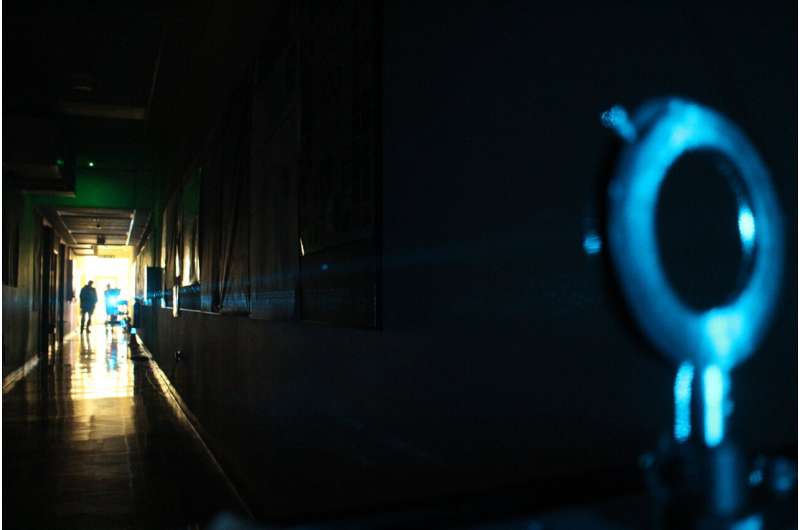Phys.org October 18, 2023
Researchers in New Zealand used a small glass bulb containing an atomic vapor to demonstrate a new form of antenna for radio waves. The bulb was “wired up” with laser beams and could therefore be placed far from any receiver electronics. They combined a rubidium vapor cell with a corner-cube prism reflector to form a passive RF transducer, allowing the detection of microwave signals at a location distant from the active components required for atomic sensing. The transducer had no electrical components and was optically linked to an active base station by a pair of free-space laser beams that established an electromagnetically induced transparency scenario. Microwave signals at the transducer location were imprinted onto an optical signal which was detected at the base station. According to the researchers their sensing architecture adds important flexibility to Rydberg-atom based sensing technologies. They demonstrated a ∼30 m link with no effort and foresee significant prospects of achieving a much larger separation between the transducer and the base station… read more. Open Access TECHNICAL ARTICLE

Credit: Passive Rydberg-atomic transducer. Credit: University of Otago